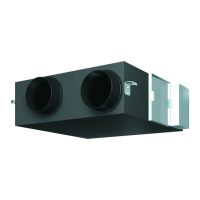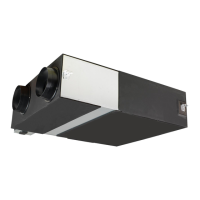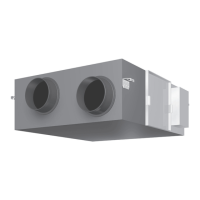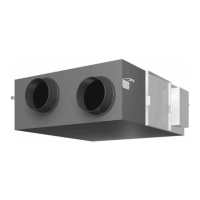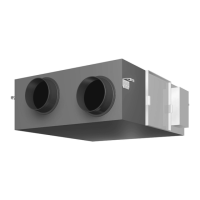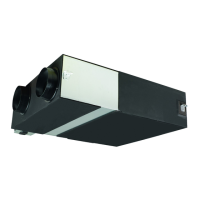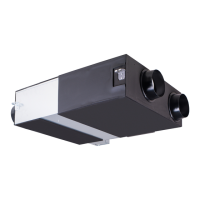Appendix EDMMT712101
174 VAM-HVE/HVLT Series
17.2 Airflow Rate, Dynamic Pressure, Static Pressure
Airflow rate and static pressure are used to express ventilator performance. Both have a close relationship and are always necessary
when considering ventilation. Understanding these two concepts is the first step for ventilation design.
17.2.1 Airflow Rate (Quantity)
Airflow rate expresses the air volume that the ventilator exhausts (or supplies) in a unit of time, and generally the unit is m
3
/h or m
3
/min.
17.2.2 Pressure
The unit generally expresses Pa by the pressure from the wind. Wind pressure is divided into the following three types.
• Dynamic Pressure
Dynamic pressure or velocity pressure is the pressure caused by the velocity of wind. A strong wind like that of a typhoon
can bend a glass window pane but this force is due to dynamic pressure.
• Static Pressure
When a rubber balloon expands, the force that presses the circumference from inside this balloon is static pressure, and this
pressure is generated at the time air comes to a rest.
• Total Pressure
This is the total of dynamic pressure and static pressure by all the pressure that has wind.
17.2.3 Relationship of Each Type of Pressure
Static pressure (Ps) is the force to send air out that overcomes resistance of the duct. Dynamic pressure (Pv) is the direction of
pressure for the flow of wind and is used at the time of measuring wind speed. Total pressure (Pt) expresses static pressure added to
dynamic pressure.
17.2.4 P-Q Curve (Static Pressure - Airflow Rate Special Feature Curve)
The relationship between ventilator airflow rate and static pressure can be seen in Fig. 1 and Fig. 2 in which the P-Q curve expresses
ventilator performance.
Fig. 1 shows a case when the supply air opening in the wall is too small. Here atmospheric pressure becomes slightly lower inside the
room because the room has an insufficient amount of air exhaust. Static pressure becomes B.
In Fig. 2, an air supply opening of sufficient size has been installed into the wall and provides sufficient ventilation. As a result, air
pressure inside the room is roughly equivalent to atmospheric pressure, and static pressure becomes 0 Pa.
Fan
Water-level
manometer
(Static
pressure)
(Dynamic
pressure)
(Total
pressure)
Airflow
Ps Pv
Pt
Pt=Ps+Pv=Ps+ γ
V: Air velocity (m/sec)
γ : Unit Weight of Air (kg/m
3
)
V
2
2
Supply air
openings of
small size
Static pressure
• Static pressure:
point B
• Airflow rate:
point B'
Atmospheric
pressure is
slightly lower.
Airflow rate
Supply air
openings of
sufficient size
• Static pressure:
Zero
• Airflow rate:
point C'
Atmospheric
pressure is
roughly the same.
Airflow rate
No
difference
Static pressure
Fig. 1 Fig. 2
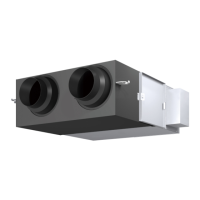
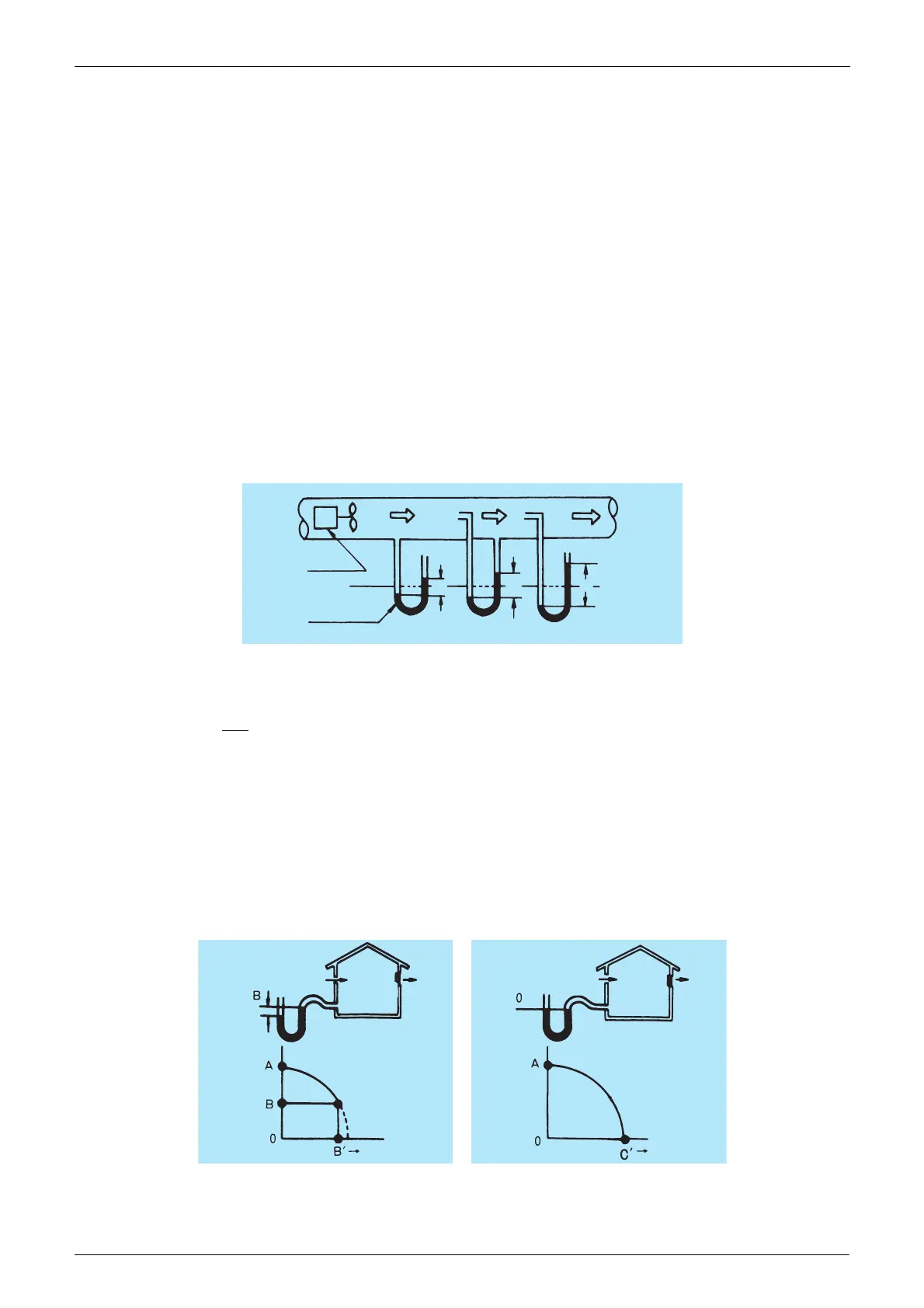